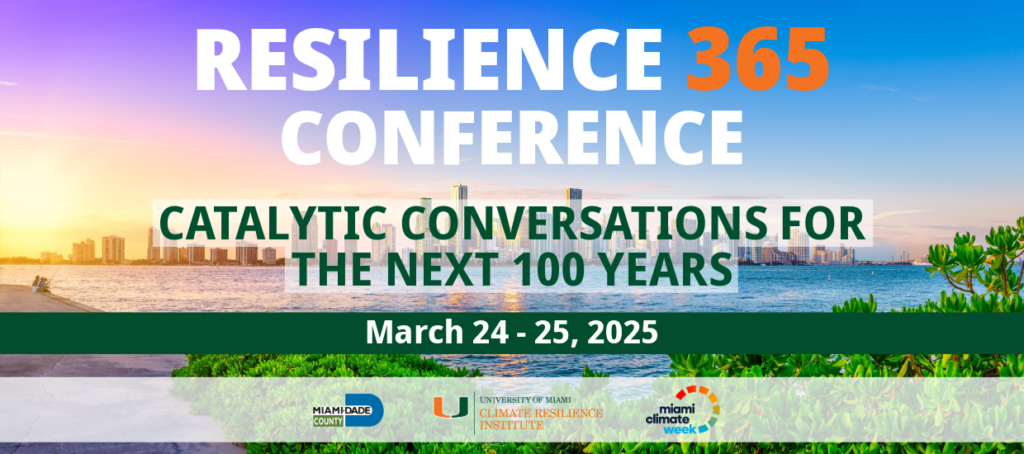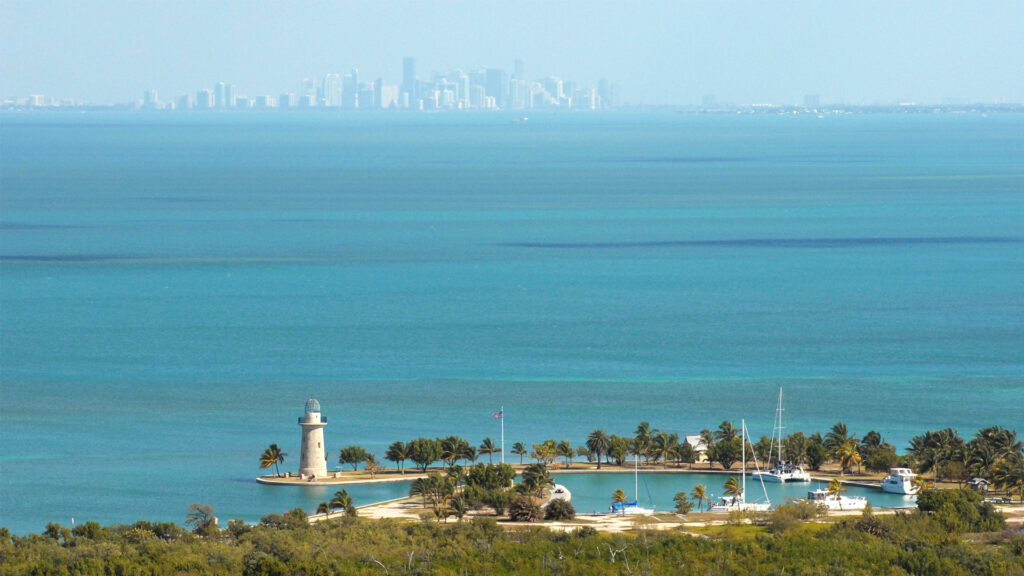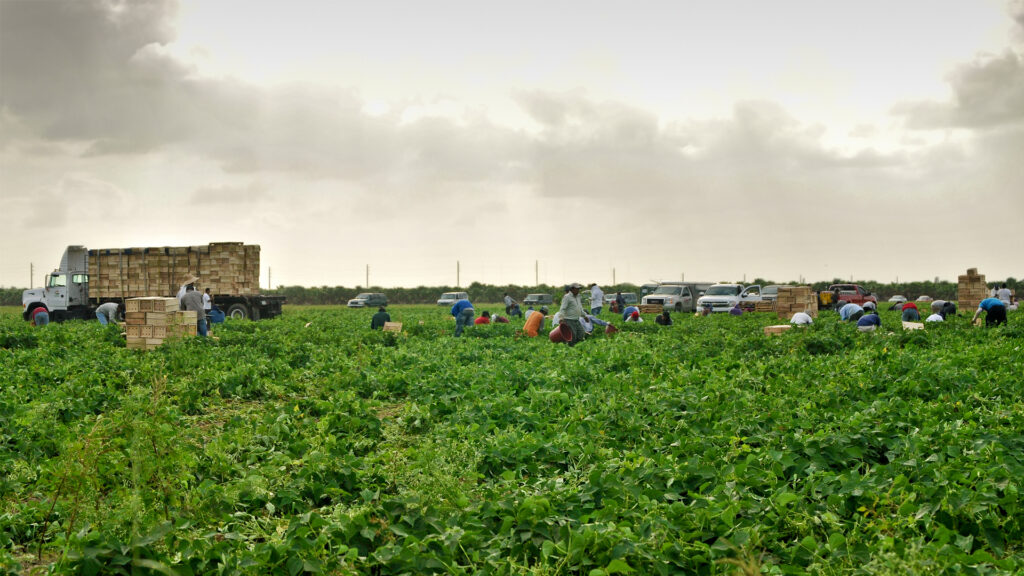By Robert C. Jones Jr., University of Miami News
While the massive brush fire that charred more than 26,000 acres in the Florida Everglades this month has been extinguished, danger still smolders in the aftermath. A stretch of dry weather and a colder-than-normal winter have combined to make conditions conducive for wildfires in South Florida this spring.
“This is now a new normal unfortunately that we need to prepare for,” Miami-Dade County Mayor Daniella Levine Cava said Monday on the University of Miami campus, adding that the blaze is also a warning sign to limit expansion in areas vulnerable to fires.
“Challenges are coming to push more development into our open spaces and wild areas,” she said. “So, we’re facing increasing risks.”
Her comments helped kick off Resilience 365: Catalytic Conversations for the Next 100 Years, a two-day summit held at the Lakeside Village Expo Center and other venues around the Coral Gables Campus and hosted by the university’s Climate Resilience Institute, Miami-Dade County and Miami Climate 365.

Through panels, roundtable discussions, tech pitches and even an environmental law and policy hack, local and national experts and university researchers in fields ranging from economics and engineering to architecture, medicine and marine biology examined the causes of and explored solutions to the most pressing environmental challenges facing not only South Florida but also the world.
“I call us the canary in the mineshaft. We truly are the test ground for resilience in the world,” said Levine Cava, noting the county’s Urban Forestry Plan, which seeks to accomplish 30 percent tree canopy cover by 2030.
Calling South Florida “the epicenter of the climate crisis,” Michael Berkowitz, executive director of the Climate Resilience Institute, echoed those sentiments.
The devastation wrought by last year’s hurricanes Helene and Milton have combined with coral bleaching, unprecedented sunny day flooding and prolonged heat waves to make “the work of building community resilience more important than ever,” he said.
Building resilience and solving intractable environmental problems, however, “won’t be accomplished during a two-day conference,” Berkowitz admitted. “This is a generational struggle. But we know we can lead the country, if not the world, in finding innovative solutions in ways that not only address macro problems and inspire the world but also provide economic development and jobs at home.”
Addressing the water crisis
The two-day summit’s first panel, held on the Expo Center’s main stage, addressed what is arguably the biggest ecological challenge South Florida faces: the water crisis.
“When we talk about water here in South Florida, you really can’t help but anchor your discussion in one of the two primary ecosystems that flank Miami-Dade County: Of course, the Everglades, which lie to our west, and Biscayne Bay, which lies to the east,” said Loren Parra, Miami-Dade’s new chief resilience officer, who moderated the panel Everglades Restoration: The Nation’s Pioneer Water Engineering Project.

Parra tasked panelists to discuss their biggest concerns regarding water for communities across the world facing environmental and climate impacts and to explain how the climate and water crises are inextricably intertwined.
“Right now, for the first time in human history, the water cycle, the hydrological cycle is out of balance. And that out-of-balance is moving fast, ensuring that we have less freshwater available in an increasingly demanding environment where we need more water for our economies, our societies, nature and climate,” said Henk Ovink, executive director of the Global Commission on the Economics of Water.
The cost of inaction, he said, is enormous. “In the next decades, this will cost our global north countries 8% to 10% of our GDP. If we’re not able to restabilize, we can’t restore the hydrological cycle. We can go forward toward stability, but if we don’t stabilize this hydrological cycle, the costs are massive.”
Restoration of the Everglades, a source of drinking water for more than nine million people in Florida, is vitally important, explained Steve Davis, chief science officer for the Palmetto Bay, Florida-based Everglades Foundation.
“We’re in the heat of the dry season right now. The severe fires that we get are a consequence of the fact that we’re depriving the Everglades of the freshwater that it received historically,” Davis said. “So, fundamentally, Everglades restoration is about reconnecting Lake Okeechobee back to the south.”
He explained that an average year of rainfall in South Florida in the Everglades equates to about a one-in-five-year drought. “It takes the wet years to really keep the system on life support,” Davis said. “Everglades restoration then is about building resilience across the system. It’s about drought proofing South Florida. And we know because we derive our water supply from the Biscayne Aquifer that this system recharges directly. We have a very cheap, clean, easy-to-access water supply. It’s just we’ve been shortchanging ourselves with the way South Florida’s been replumbed.”
Food security
Building resilience involves more than addressing Everglades restoration. It also encompasses food, and the panel Resilient Food Systems for a Changing Climate, held in a small conference room inside the Shalala Student Center, addressed that issue.
“The health instability of our food systems is something that affects every human on the planet,” said Jennifer Posner, director of the Climate Resilience Institute, who moderated the panel. “Food systems are particularly vulnerable to shocks and stresses that can disrupt food production, distribution and access. The strength of our food systems relies on the ability to recover from these disruptions to climate change and supply chains, environmental vulnerability, including water scarcity, economic and social inequality, and public health crises. If food waste were a country, it would be the third-largest emitter of greenhouse gases globally.”

Too much attention is being placed on how the food system is being prepared for climate impacts, while too little scrutiny is being given to the impacts the food system has on climate, according to Grace Hussain, a Ph.D. student in environmental science and policy at the University’s Abess Center for Ecosystem Science and Policy.
“Those impacts are considerable,” she said. “Roughly a third of all anthropogenic greenhouse gas emissions can be contributed to agriculture. About 16.5% can be attributed to livestock. Those are significant impacts. So, as we’re having these conversations about creating resilient food systems and how to make sure the world is fed, we also need to be considering whether the foods that we’re producing are making our jobs harder.”
Careful examination also needs to be given to where our calories are going, Hussain said. “And right now, unfortunately, a lot of the calories that we produce are not being eaten by people, even though they are human edible calories,” she said. “If we were to eat all the calories we produce, we could increase caloric availability by up to 70%. That’s enough to feed an additional four billion people. And thus, enough to feed not only our growing population, but also to address existing hunger.”
More than 30 conference sessions were held over the two-day symposium, with other panels addressing topics that ranged from climate litigation and climate finance in emerging markets to resilient medical systems and adaptation strategies for coastal communities.
David Duckenfield, executive director of Miami Climate 365, called the conference the anchor event of Miami Climate Week, which runs March 23-29 with a series of climate-related events.
“This is just the beginning. The whole premise of Miami Climate 365 is to keep the momentum going all year ’round and to turn this week of action into a year-round movement,” Duckenfield said. “And talk about resilience. As everyone knows, the University of Miami opened only days after a great hurricane back in 1926. That’s real resilience in action.”
This piece was originally published at https://news.miami.edu/stories/2025/03/a-call-to-find-innovative-solutions-for-environmental-challenges.html. Banner photo: Participating in a panel during the Resilience 365 conference were, from left, Henk Ovink, Global Commission on the Economics of Water; Loren Parra, Miami Dade County; and Steve Davis, from the The Everglades Foundation. (Photo: Joshua Prezant/University of Miami).
Sign up for The Invading Sea newsletter by visiting here. To support The Invading Sea, click here to make a donation. If you are interested in submitting an opinion piece to The Invading Sea, email Editor Nathan Crabbe at ncrabbe@fau.edu.



